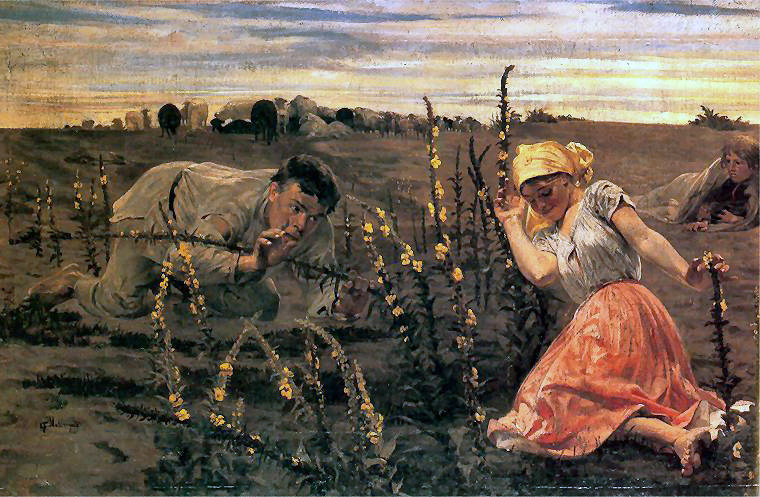Rusalka: A Spirit Character in East Slavic Mythology
A common characteristic among all Rusalka characters is their love for music, singing, and dancing.

A common characteristic among all Rusalka characters is their love for music, singing, and dancing.

